From Oolong to pu’er, Baozhong to Tieguanyin, we spill the tea on all the different types of chá you’ll find here in Taiwan.
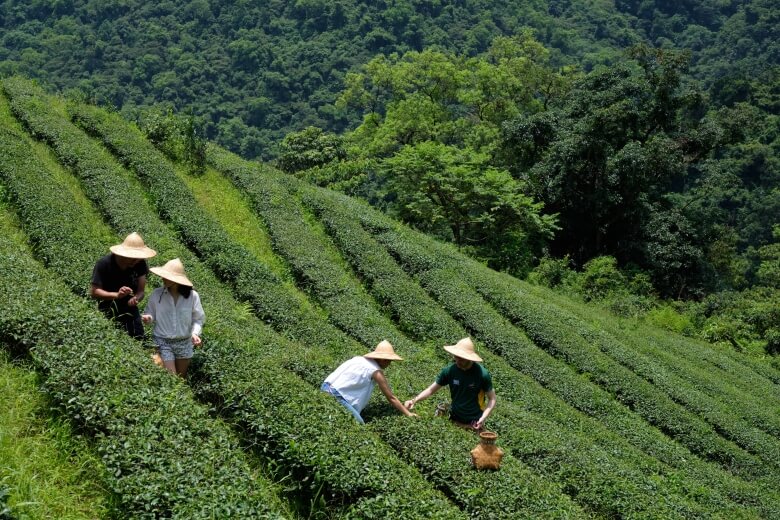
Tea really puts the “T” in Taiwan. Get it? No, neither do we. Starting articles is hard sometimes. It’s a blank page and you’re just expected to write something. Words out of nowhere. It’s crazy. Anyway… Tea (chá 茶) is one of Taiwan’s biggest and most famous exports, with tea trade having operated in the country since the 1860s. Nowadays, Taiwan’s tea production is still going strong, with around 20 percent of the world’s oolong tea being produced here, along with the mass production of green tea, black tea, pu’er and specific varieties produced exclusively here in Taiwan such as Tieguanyin and Dayuling. Don’t know what any of these are? Pop the kettle on and read on to get clued-up on all things Taiwanese tea.
The main types of tea in Taiwan
Green tea (lǜchá 綠茶)
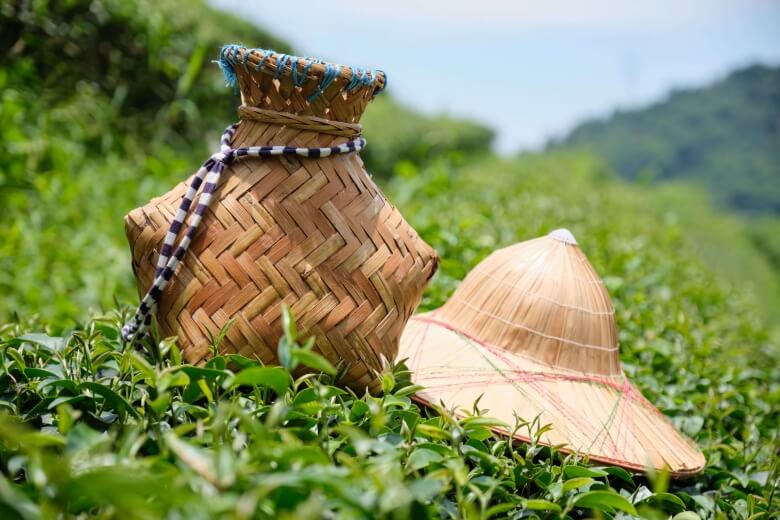
Unoxidized* and flavorful, green tea is common here in Taiwan but produced on a far smaller scale than it is in China and Japan. Popular varieties of green tea, longjing and biluochun are grown in New Taipei City’s Sanxia District. Many green teas often have subtle undertones and notes of vegetables, grasses or flowers, depending on the production process and it is supposedly the healthiest drink on the planet. At least, that’s what you tell yourself after your fourth consecutive day of having scallion pancakes and sugary doujiang for breakfast, brewing yourself a cup while nursing a slight hangover from those beers you drank outside 7-Eleven last night. Yeah, green tea will make everything better.
*oxidation, also known as enzymatic browning, is a chemical reaction involving exposure to oxygen that effects the tea’s flavor. The extent to which the tea is oxidized has a bearing on its flavor and type. In case you were wondering… 🤓

Oolong tea (wūlóngchá烏龍茶)
The most widely produced tea in Taiwan, oolong is a semi-oxidized, generally caffeinated tea that comes in numerous varieties and flavors. Taiwan’s oolong is world famous in tea circles, with the unique and sweet tastes of the varieties grown at high elevations (up mountains, basically) fetching premium prices. Popular types of Taiwanese oolong include Osmanthus, Alishan, Lishan, Baozhong and Tieguanyin.
Black tea (hóngchá 紅茶)
Technically “red tea” in Chinese, Taiwan’s most famous hongcha is Sun Moon Lake Black Tea, which has origins dating back to the Qing Dynasty. For those of you keeping score at home, black tea is fully oxidized, making it much more flavorful than oolong or green tea. Many black teas are also blends (different types of tea blended together to create the final product) such as English Breakfast and Earl Grey.
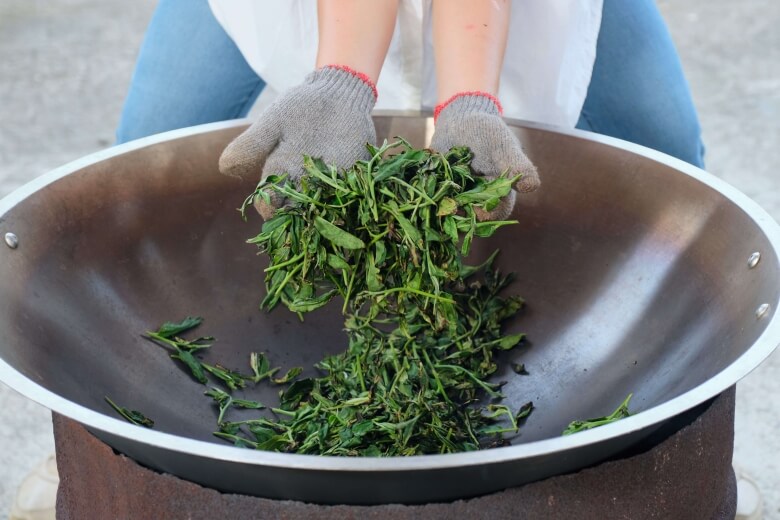
Pu’er tea (pǔ’ěr chá 普洱茶)
Hailing from China’s Yunnan Province, pu’er is a fermented, dark, flavorsome caffeinated tea that can be found widely across Taiwan despite not being produced here. It has several health benefits due to its high level of antioxidants and vitamin C. It is also said to help relieve stress, so after a tough day at work, pop the kettle on and pour some pu’er.
Teas produced in Taiwan
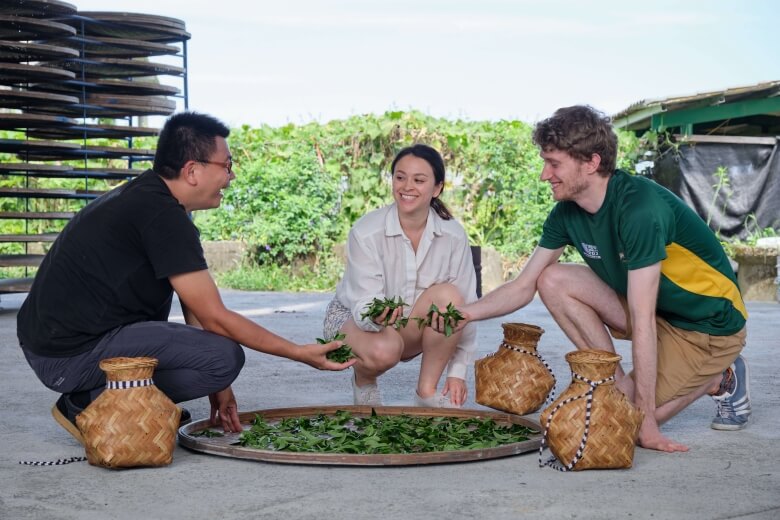
Alishan High Mountain (阿里山高山茶)
From, you guessed it, Alishan, this tea is thought by many locals to be Taiwan’s best tea. Grown at altitude, it’s lightly oxidized – yes, we’re still going on about that – has a sweet aftertaste and can go for up to 400USD per kilo in certain markets. The tea leaves are rolled into little balls which unfurl when placed into hot water, which is aesthetically pleasing but probably not why it’s so expensive…
Baozhong (包種茶)
A kind of light oolong, Baozhong (sometimes known as Pouchong) is produced in Taipei’s Pinglin and Nangang districts. It’s named after the square packages that it is distributed in and originates from China’s Fujian Province. It’s light, floral and has an aroma not too dissimilar to that of a melon. *Cut to you sniffing the next melon you see. *
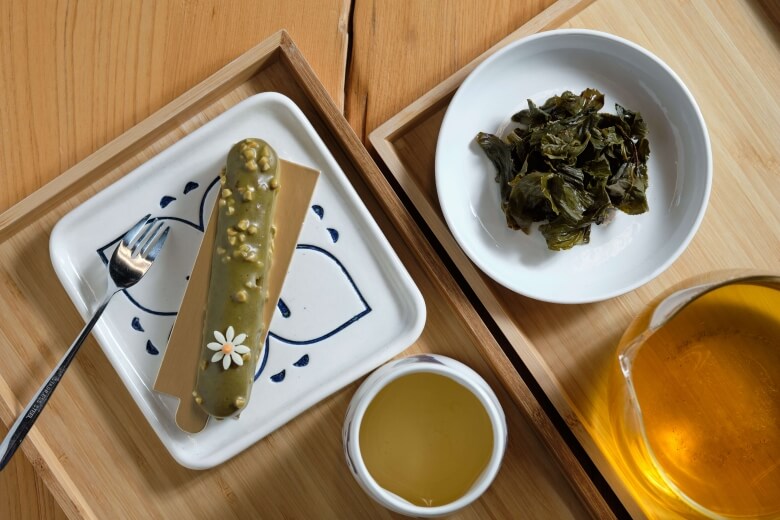
Dayuling (大禹嶺)
The most expensive of Taiwan’s teas, Dayuling is a regular winner of tea competitions and often sells for up to 1,000USD per kilo. Grown at altitude, sometimes as high as 2,500m above sea-level, due to its popularity and limited production, Dayuling knockoffs are often sold to unsuspecting consumers, so keep that in mind if you’re thinking about blowing a grand on some tea.
Tieguanyin (鐵觀音茶)
Another tea originally from Fujian, Tieguanyin, or Iron Goddess tea, is grown up in the hills of Maokong just outside of Taipei city. It’s a roasted traditional oolong with a nutty character and is named after the Goddess of Mercy, which is pretty badass for a tea, when you think about it.
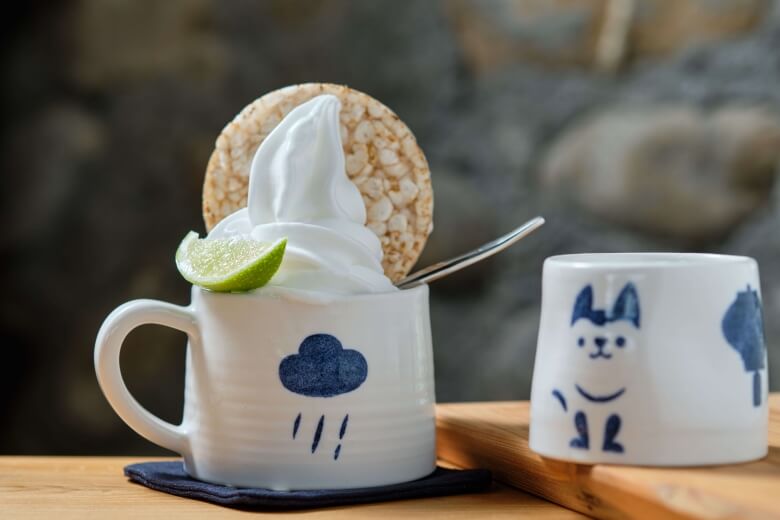
Oriental Beauty (東方美人)
Sometimes called white tipped oolong due to the coloring on the end of the tea leaves, when this tea is harvested, farmers deliberately leave insects and their eggs on the leaves for flavor – or that was the original farmer’s excuse when he was caught with bug eggs on his tea leaves… More often than not grown organically, Oriental Beauty has a pleasant honey aroma that really enhances the drinking experience.
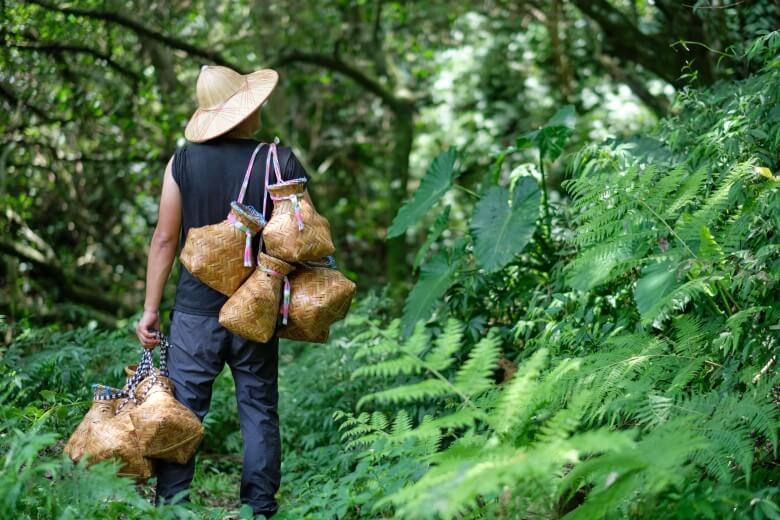
Want to get a deeper understanding of Taiwanese tea and try some for yourself? Book yourself a tea culture day tour and experience it all firsthand.
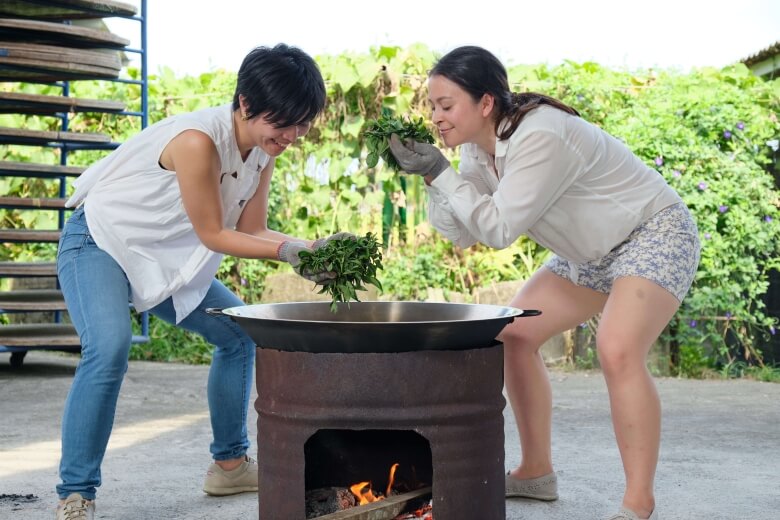
Frying tea leaves 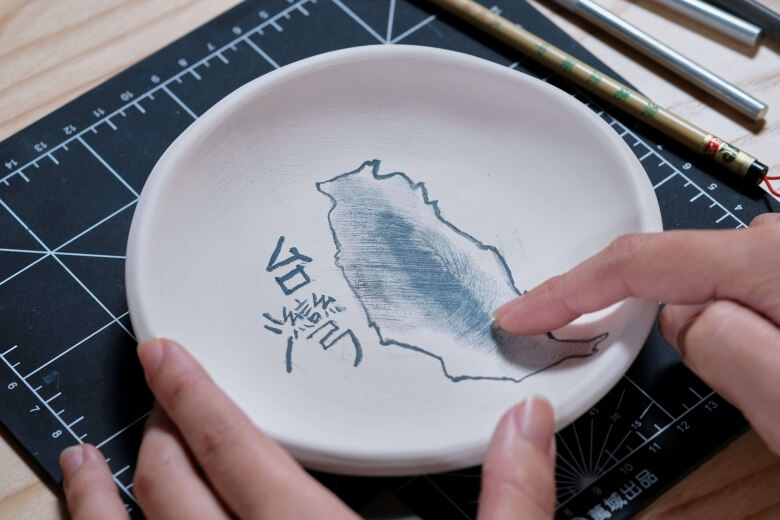
Make your own ceramic art 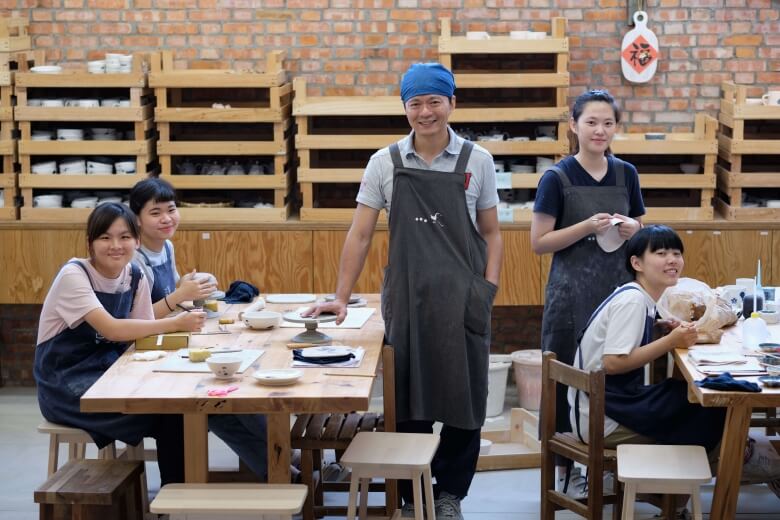
Local ceramics artists 
DIY tea cup painting experience
Related article: A Day of Tea – Tea Culture in Taiwan



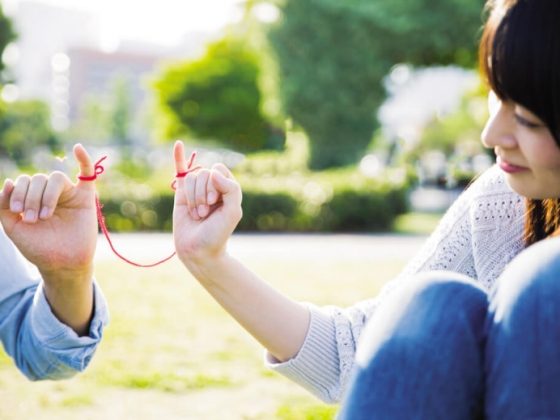









Comments are closed.